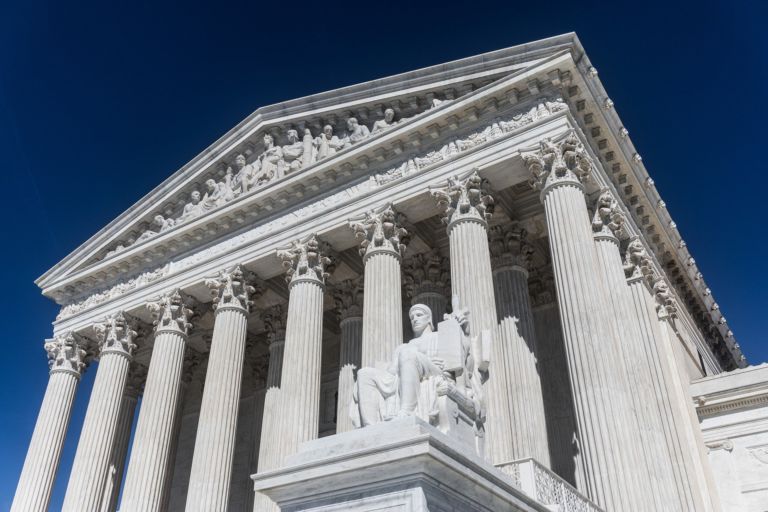1. The inefficiency of wind energy exposed (again) as the GOP-led General Assembly continues its refusal to consider SB3 repeal.
The National Center for Policy Analysis reports on a new study by two researchers out of the UK which looked into the actual efficiency of wind farms operating in that country. NCPA summarizes the results as follows:
- The research, carried out by Stuart Young Consulting for the John Muir Trust, analyzed electricity generated from UK wind farms between November 2008 and December 2010.
- Statements made by the wind industry and government agencies commonly assert that wind turbines will generate on average 30 percent of their rated capacity over a year.
- But the research found wind generation was below 20 percent of capacity more than half the time and below 10 percent of capacity over one third of the time.
The study also challenged industry claims that periods of widespread low wind were "infrequent."
- The average frequency and duration of a "low wind event" was once every 6.38 days for 4.93 hours.
- During each of the four highest peak demands of 2010, wind output reached just 4.72 percent, 5.51 percent, 2.59 percent and 2.51 percent of capacity, according to the analysis.
- It concluded wind behaves in a "quite different manner" from that suggested by average output figures or wind speed records.
Unfortunately for North Carolinians, the reigning Republican majority in the General Assembly refuses to take seriously proposals to repeal North Carolina’s law (SB3) requiring the state’s electricity customers to pay extra for inefficient wind and solar generated electricity. In spite of their rhetoric calling for freer markets and reduced government regulations, the state’s GOP legislative leaders stand in total alliance with the state utility monopolies and the state’s environmental lobby in supporting forced energy inefficiency.
In the only cost/benefit analysis done of SB3, it has been estimated that the bill is costing the state thousands of jobs and billions of dollars in lost production. The analysis shows no countervailing benefits. To date these findings have had no impact on the legislature’s willingness to reassess its position.
Note: From Article IX, no. 2, of the North Carolina Republican Party Platform: "If regulation is needed to protect the environment, government should not proceed without evidence that the benefits warrant the cost."
2. More evidence SB3 should be repealed: renewable energy — 3.7 jobs lost for each 1 created
As any sensible economist will tell you (see SB3 analysis referenced in #1), a movement from more efficient to less efficient energy sources will, on net, kill more jobs than it will create. That is because of the shift’s impact on the overall cost of production. An article in the April 15th issue of The American reviews the empirical evidence coming out of Europe’s experience. The most recent study is out of Great Britain. According to this article an input-output study done by Verso Economics concludes that
for every job created in the United Kingdom in renewable energy, 3.7 jobs are lost.
The study also concludes that
policy to promote the renewable electricity sector in both Scotland and the United Kingdom is economically damaging. Government should not see this as an economic opportunity, therefore, but should focus debate instead on whether these costs, and the damage done to the environment, are worth the candle in terms of climate change mitigation.
A link to a PDF of the summary of the study, titled "Worth the Candle: The Economic Impact of Renewable Energy Policy in Scotland and the UK," can be found here.
3. Ozone Report
Each week during the summer ozone season this newsletter will report how many, if any, high ozone days were experienced throughout the state during the previous week, where they were experienced, and how many have been recorded during the entire season to date. The ozone season begins on April 1 and ends October 31. All reported data are from the North Carolina Division of Air Quality, which is part of the state’s Department of Environment and Natural Resources. During the period of April 1 to May 5, there were no reported high ozone readings on any of the state’s monitors.
Click here for the Environmental Update archive.


